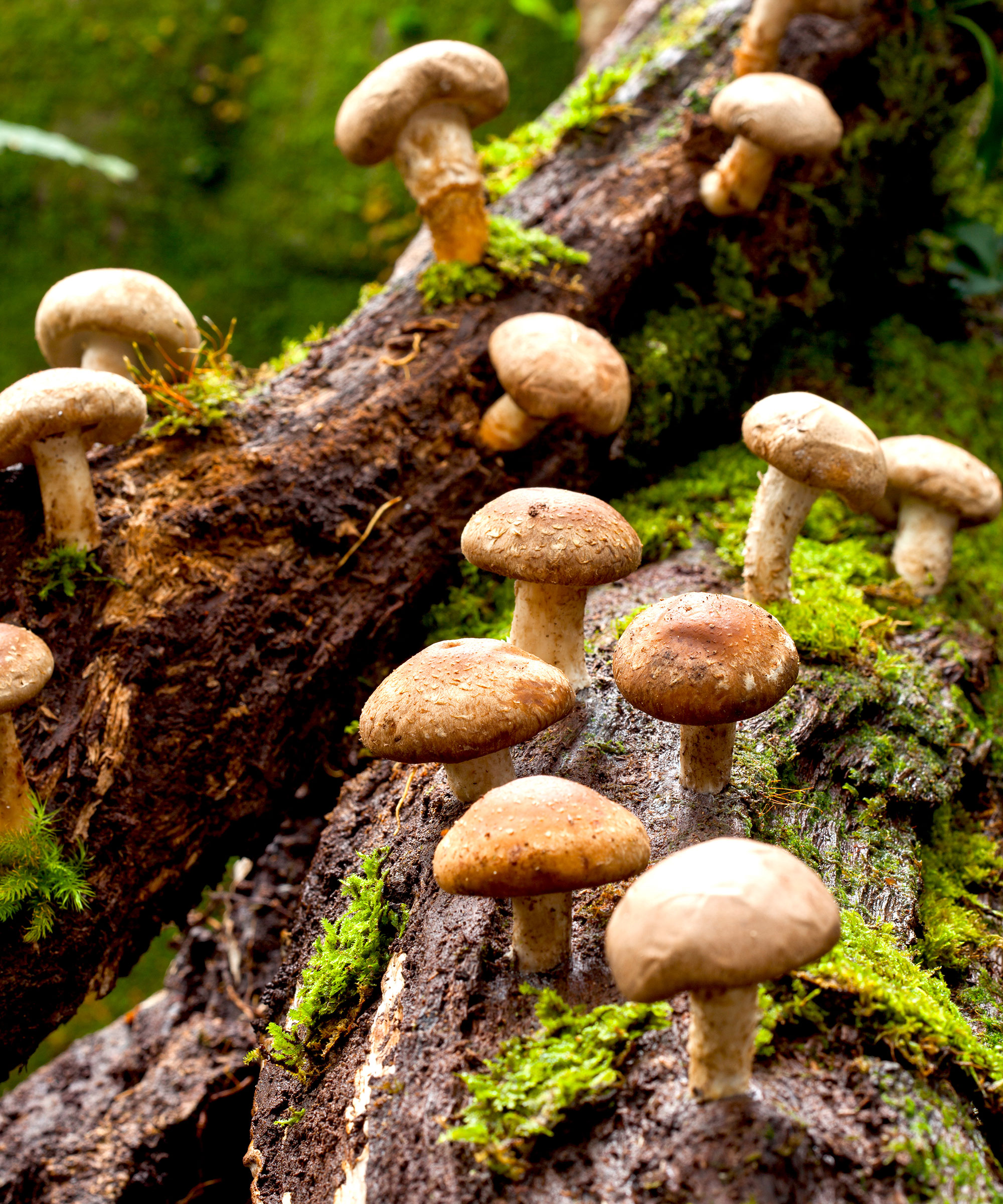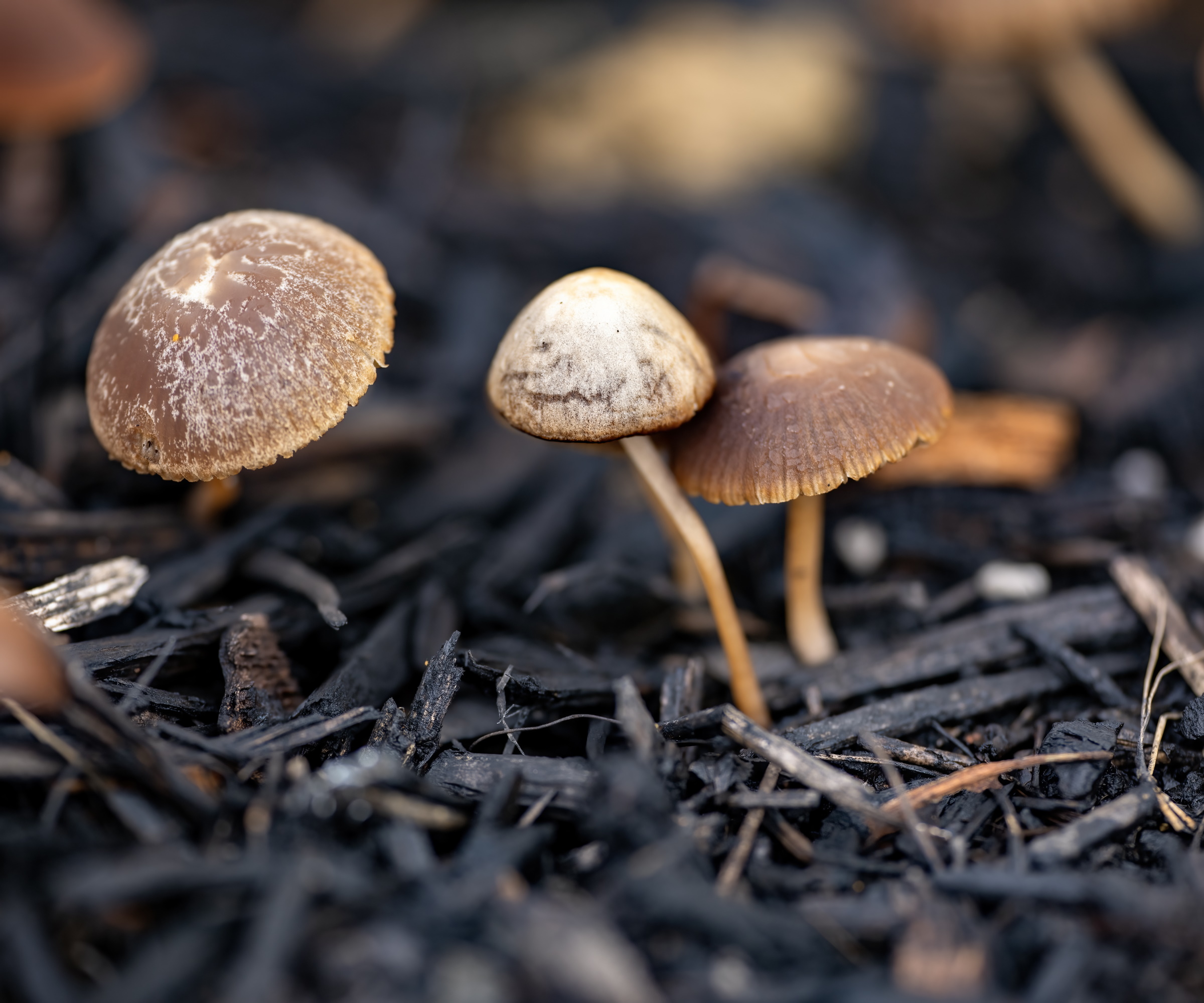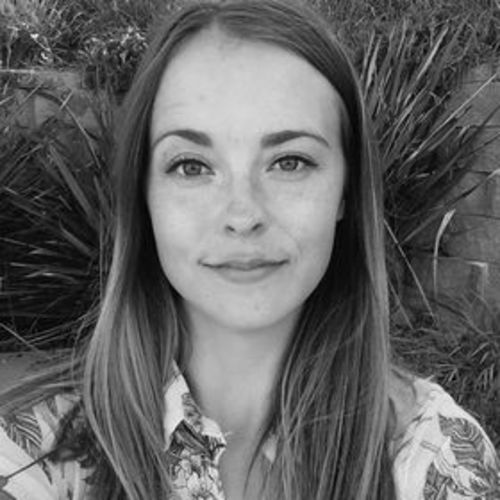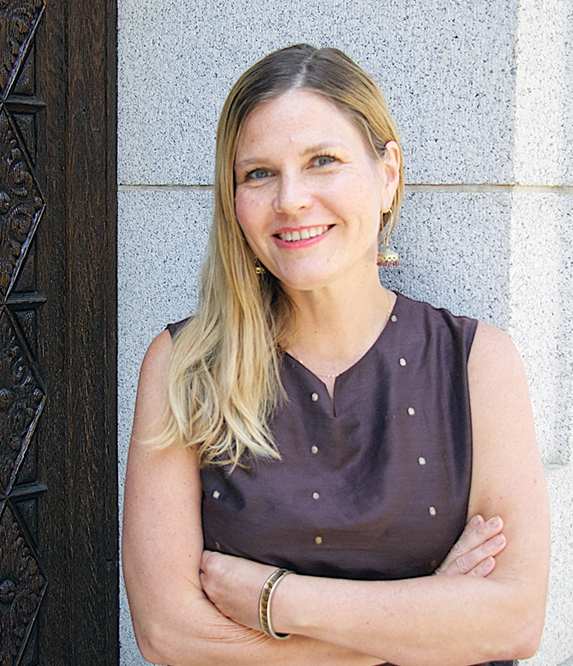Why are mushrooms growing in my yard? Experts share 3 reasons why fungi keeps popping up in your garden
Mushrooms certainly have an ornamental value, but some varieties are poisonous and it might be best to remove them


There's no denying that the world of mycology is an interesting one. In fact, many types of mushrooms are ornamental and the edible kind can be a valuable addition to your kitchen garden. However, it can be disconcerting to see unexpected mushrooms crop up in your yard, as many can be poisonous to humans and pets.
Unless you're growing mushrooms intentionally, wild mushrooms that appear in your backyard can be an indicator that something is off balance in your outdoor space. Overly wet soil, for example, may cause mushrooms to grow in lawn or even among flower beds. Not only might they be dangerous to your health, but you might also not want them disturbing your carefully curated planting.
Don't panic if you do start to spot mushrooms grow in a place you weren't expecting it, as there will be an explanation. I've spoken to experts to find out more about mushrooms growing in backyards and this is what they said.

3 reasons why mushrooms are growing in your yard
If you do see a mushroom crop up somewhere you weren't expecting, it's best to leave it alone until you have identified whether it is safe to touch. And don't be too concerned that it has started growing in your yard, as there will be a solution to stop more mushrooms coming along. Here are 3 common reasons that experts say can cause mushrooms to grow in your yard.
1. Your soil is too wet

If there's one thing that will facilitate mushrooms growing, it's a moist environment. It's not uncommon for gardeners to make watering mistakes, especially when you're trying to learn the specific requirements for the plants you grow. However, overwatering can cause a number of problems, from root rot to growing mushrooms.
'Fungi folks know the saying "when it rains, it spores". Overwatering or heavy
rainfall provides the moisture that fungi need to grow,' notes Katie Sarna, mushroom expert and Co-Founder of Santa Cruz Fungi.
Even if you water your plants carefully, living in a US hardiness zone with heavy rainfall can also lead to a waterlogged lawn and soil elsewhere in your yard.
Design expertise in your inbox – from inspiring decorating ideas and beautiful celebrity homes to practical gardening advice and shopping round-ups.
'Additionally, using mulch and compost in gardens can increase the likelihood of mushrooms appearing, as these materials are rich in organic content and retain moisture,' Katie adds.
Mulching is a method used by gardeners whereby material is placed on top of soil around the base of a plant - whether that's leaf mulch, gravel or other organic matter. It helps to suppress weeds, keep roots warm during colder months and retain moisture. Likewise, a key component for successful compost is moisture. As a result, both of these methods lock in moisture to soil and help create the perfect environment for mushrooms to grow.
The best way to know if the mushrooms in your yard are a result of too much water is by using this soil moisture meter from Amazon. Or, you can use your finger to see if the top inch of soil is soggy.
The simple solution is to improve garden drainage in your yard and water your plants deeply and less often to create a more balanced moisture level.

Katie is co-founder of Santa Cruz Fungi - originally a culinary mushroom farm based in California before it transitioned to handcrafting organic popsicles infused with beneficial mushroom extracts. Katie has expertise on fungi and offers advice to gardeners.
2. Your yard has a humid environment

Contributing to thriving fungi growth is humidity. If you've attempted to grow mushrooms in your bathroom or simply grow mushrooms indoors in general, you'll know that having a humid environment is the key to success.
'High humidity and moisture levels create the perfect environment for fungi, often leading to mushroom growth in damp, shaded areas,' says Katie.
Dampness in areas with plenty of garden shade that don't dry as fast as areas exposed to sun can create a moist and humid environment. You might also find mushrooms appear in an area where you have plenty of tropical plants growing close together during summer, creating a humid microclimate.
In fact, if you don't keep your greenhouse ventilated, you could even spot mushrooms growing among your greenhouse plants that live in an enclosed, humid space.
While it can be tricky to control humidity in a yard, ensuring airflow isn't blocked and keeping you lawn aerated can certainly help.
3. There's decaying matter in your yard

Perhaps your yard has plenty of drainage, you take care to not water your plants too frequently and you don't live in a particularly humid climate, yet you're still noticing mushrooms growing in your yard unexpectedly. Well, there is another reason why you might have come across fungi in your outdoor space.
'There are two basic groupings of mushrooms,' says April Thompson, master gardener and culinary chair of the Mycological Association of Washington. 'Those growing in soil, which are affiliated with tree roots under the surface, generally with a positive affiliation that improves tree nutrients, and those attached to dead and dying wood, as they decompose organic matter,' she explains.
For this reason, you might find mushrooms growing on decaying bark of trees, among fallen leaves and sometimes even in your compost bin where they can find nutrients to help them grow.
'They thrive on decaying organic matter, such as fallen leaves, wood chips and dead roots, which provide an excellent food source,' explains Katie.
If you do spot mushrooms growing among decaying matter in your yard, you might not want to be so quick to remove them as it can actually indicate a healthy ecosystem. 'This is where they play a crucial role in breaking down organic matter and recycling nutrients back into the ecosystem,' Katie explains.

April Thompson is a Washington, DC-based writer, gardener, foodie, and forager who leads wild food walks in and around Washington, DC. She is also the culinary chair and a board member of the Mycological Association of Washington. April is also a master gardener and master naturalist, teaching about wild edible fungi and plants.
FAQs
What should you do if you see mushrooms growing in your yard?
Mushrooms may grow in your yard if your outdoor space provides the perfect environment for them to grow. Some mushrooms are poisonous to humans and pets, so it's best to identify them to see if they are safe to touch. Nonetheless, if you are unable to identify them then you should wear safety gloves as a precaution, like these gardening gloves from Amazon. You can usually just remove mushrooms with ease by plucking them out of the ground or bark they are growing from and then getting rid of them with other garden or food waste.
Are the mushrooms growing in my yard safe to eat?
It's best not to eat any fungi growing in your yard unless you are 100% sure it is edible. Mushroom expert April Thompson notes that some of the most common types of mushrooms that crop up in backyards, include the false parasol which can make you ill, deer mushrooms which often grow in lawns and make some people feel ill and field mushrooms, which are usually safe to eat. However, you should always get mushrooms identified before attempting to eat or cook with them, as many species of mushrooms are poisonous.
The simple answer as to why mushrooms are growing in your yard is that something in your outdoor space is providing the optimal growing environment. Mushrooms tend to be easy to remove if they're unwanted and you can quickly rectify growing conditions to try and prevent them coming back.
If you notice circles of mushrooms growing in your grass, you might be facing the problem of fairy rings in lawns. Luckily, the simple act of improving your lawn regime can combat the issue of fairy rings and prevent them from returning.

Tenielle is a Gardens Content Editor at Homes & Gardens. She holds a qualification in MA Magazine Journalism and has over six years of journalistic experience. Before coming to Homes & Gardens, Tenielle was in the editorial department at the Royal Horticultural Society and worked on The Garden magazine. As our in-house houseplant expert, Tenielle writes on a range of solutions to houseplant problems, as well as other 'how to' guides, inspiring garden projects, and the latest gardening news. When she isn't writing, Tenielle can be found propagating her ever-growing collection of indoor plants, helping others overcome common houseplant pests and diseases, volunteering at a local gardening club, and attending gardening workshops, like a composting masterclass.